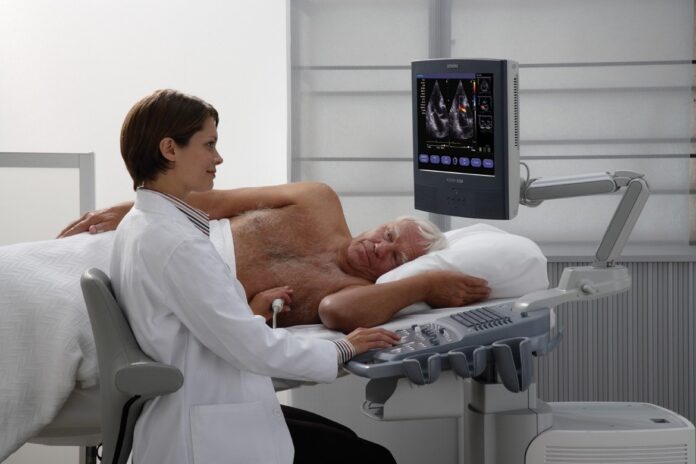or treat certain heart conditions, such as blocked arteries or irregular heartbeat. Cardiac diagnostic provides doctors with valuable information about heart muscle, valves, and blood vessels.
During cardiac diagnostic, doctors can perform a separate heart test, prescribe treatment, or remove a piece of cardiac tissue for testing. Other treatments for heart disease – such as coronary angioplasty and coronary stenting – are performed using cardiac diagnostic.
Why Is It Done?
Cardiac diagnostic is a standard procedure used to diagnose or treat various heart problems. For example, your doctor may recommend this procedure if you have an unusual heart condition (arrhythmias), chest pain (angina) or heart valve problems, among other things.
The cardiac diagnostic can be performed during diagnosis or treatment:
- Coronary artery disease
- Congenital heart disease
- Heart failure
- Heart valve disease
- Microvascular Heart Disease
- Accidents
Like many procedures performed on the heart and blood vessels, a cardiac diagnostic is risky. Serious problems are rare, however.
The possible risks of cardiac diagnostic are:
- Bleeding
- Blood clots
- Harm
- Injury to the artery, heart, or area where the catheter is inserted
- Heart disease
- Infection

- Allergies to a different dye or drug
Tell your doctor before performing a cardiac diagnosis if you are pregnant or planning to become pregnant.
How To Prepare Yourself?
If your doctor recommends cardiac diagnostic, you must follow specific steps to prepare for the procedure.
Do not eat or drink anything for at least six hours before your test or as directed by your doctor. Having food or fluid in your stomach can increase the risk of complications from anesthesia. Ask your doctor or nurse if you should take your medication with a small amount of water.
Inform your doctor in case you are using blood thinners. Your doctor may recommend that you discontinue medications that may lower your blood pressure, such as warfarin, aspirin, apixaban, dabigatran, and rivaroxaban.
Tell your doctor if you are taking anti-diabetic medication. Certain dyes used during specific cardiac diagnostic procedures may increase the risk of side effects of certain diabetes medications, including metformin.
What To Expect?
- Before the procedure
You will likely have your blood pressure and heart rate checked before cardiac diagnostic. You may be asked to use the toilet to flush your bladder. You may be asked to remove dentures from any jewelry, especially necklaces that may interfere with the image of the heart. Adhesive strips (electrodes) will be placed on your chest to monitor your heartbeat before, during, and after the procedure.
-
- During the process
Cardiac diagnostics Sydney is usually performed in a hospital room with special X-ray and imaging equipment. As the operating room, the cardiac diagnostic lab is sterile. The specialist will put an IV on your arm or hand and give you a sedative medicine to help you relax. The amount of sedation required for the procedure depends on your health conditions and why you perform the process. You may wake up entirely or fall asleep, or you may be given general anesthesia (fully asleep).
- Results
If a cardiac diagnostic is performed to check your heart condition, your doctor should explain the results.
Suppose your doctor finds an obstruction during cardiac diagnostic. In that case, they may treat the block by placing a stent immediately or otherwise so that you do not need to have another diagnostic procedure.
| Other Good Articles to Read |
| Niche Blogs Connect |
| Blogs 97 |
| Blog Stitution |
| Blogs Unplugged |
| Blogs Cotch Rouge |
| Blog Signatr |
| Blog Sintonias |
| Blog Zilla |
| Consumer Forums |
| Finance Forums |
| G Blogs |
| Too Blog |

